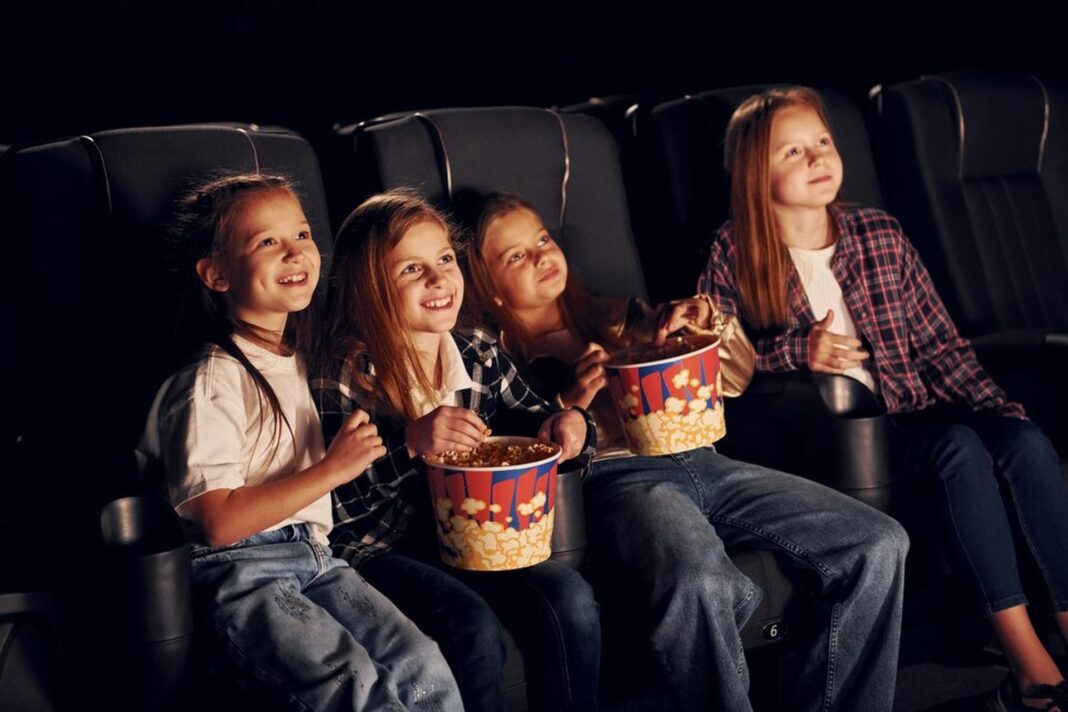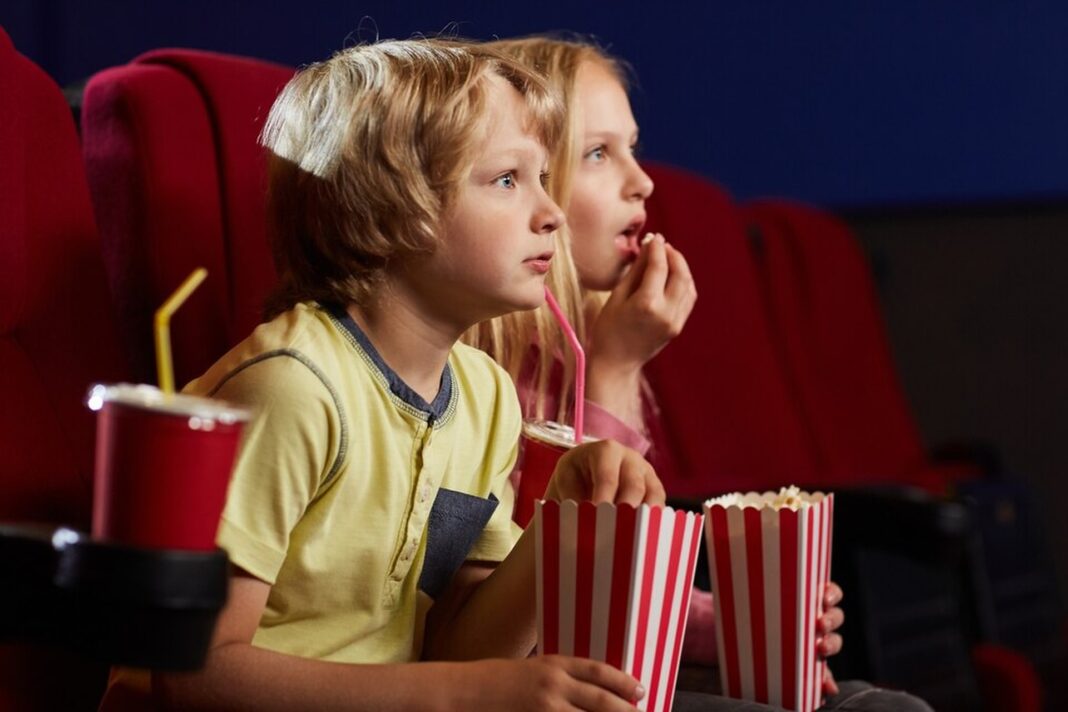Diverse personalities in children’s media shape young brains. Their portrayal appeals to diverse youngsters. When characters look like them or share their experiences kids feel validated. It opens minds. In children’s media , diverse characters‘ visibility and inclusive narrative have a big influence.
The Impact Of Diverse Characters On Young Minds
Kids are impressionable. They pick on environmental cues. Diverse media figures teach acceptance. It fosters empathy. Kids appreciate culture, race and ability disparities. This acceptance lowers prejudice and fosters peace. Seeing representation empowers underprivileged kids. They know their tales matter. These tales influence their goals. Inspiration comes from characters who overcome obstacles. They normalize hardships and celebrate tenacity.
Furthermore, varied personalities enhance all children’s horizons. This helps them grasp other perspectives. This is essential in multiculturalism. Children learn that everyone has a story. Their curiosity and compassion grow. Diverse stories may stimulate household discussions. Parents may address diversity and inclusiveness. Engaging with varied personalities fosters openness. It equips them for a globalized world.
Diverse personalities leave an impression. Both amuse and educate. Diverse viewpoints help young brains. Stories with varied characters foster empathy and respect. This prepares kids for diversity. Their thoughtfulness and inclusion shine through.
Why Visibility Matters In Children Media
Children’s media relies on visibility. Children feel included when they see themselves. It boosts self confidence. Identity revealing characters inspire pride. They know they matter in tales. Lack of visibility may cause isolation. Children may have self esteem issues.
Diversity teaches kids that diversity is appreciated. Inclusion is promoted. Visibility extends beyond looks. It covers cultures, experiences and backgrounds. Positive portrayal builds community. Children learn that everyone has a story. It promotes diversity and acceptance discussions.
Media exposure teaches kids. It shows them other civilizations and lives. Exposure emotionalizes them to others‘ experiences. This increases empathy and compassion. When diverse characters face problems, kids value diversity.
Media exposure may also inspire future generations. Children see new pathways for themselves. This shapes their goals. Visibility is key to healthy growth. Values children experience and strengthen their voices.
Creating Safe Spaces Representation In Storytelling
Safe settings are crucial in storytelling. Children require representational settings. Representatives provide comfort and security. That lets kids express themselves without judgment. Story characters should represent audience diversity. It promotes acceptance and inclusion debates.
Safe settings foster critical thinking. Children study character and setting dynamics. Students develop empathy for varied experiences. Sharing tales is encouraged in such settings. Children are inspired to share their struggles when they witness characters struggle. A supportive community results.
In addition, representation helps kids understand themselves. They discover characters who share their experiences. This may affect underprivileged kids. Their stories are honored. Stories like this inspire strength.
Moreover, safe settings foster creativity. Witnessing their voices encourages children to tell stories. They take ownership of the topic. Diversity in storytelling is promoted via inclusive narratives. Safe storytelling environments help youngsters feel connected.
The Role Of Animation In Promoting Inclusivity
Animation helps promote diversity. It produces rich emotional worlds. An animated figure may cross lines. They enable identity discovery without limits. Children like animation quirkiness. This medium smoothly presents varied ideas.
Inclusive animation helps kids comprehend. It features diverse personalities in interesting stories. Cultural differences are presented to kids in a fun manner. Animation simplifies complex ideas. It clarifies difficult acceptance and belonging concepts.
Additionally animation evokes strong emotions. Lifelike animated characters resonate with kids. Characters that overcome hurdles are resilient. This encourages kids to face their problems. The visuals of animation enchant kids. It teaches kids while engaging them.
Finally animation promotes varied voices. Studios are generating more suggestive material. The future of children’s media depends on this transformation. Inclusive animation inspires new creators. It fosters creativity, acceptance and understanding early on.
Lessons From Diverse Storylines In Kids‘ Movies
Kids‘ movies provide valuable lessons with diverse plots. Acceptance, friendship and bravery are common themes. Children like challenging characters. Narratives mirror reality. Diverse films reflect society. They invite inclusion talks.
Media depictions of challenges teach kids crucial lessons. Characters discuss tough subjects like compassion and racism. Empathy is taught via experience. A diverse narrative fosters self confidence in youngsters. People realize they can overcome challenges.
Additionally, varied narratives provide unique cultural views. This broadens kids‘ perspectives. Different cultures and ideals are appreciated. It fosters cultural curiosity. Diverse films promote peer understanding.
Fun and humor are key in these tales. They make important topics relatable. Children learn better when lessons are fun. Humour opens up deeper interactions. Diversity in kids‘ films creates an effect. It influences beliefs. Children become open minded after hearing different stories.
The Importance Of Role Models For Children
Role models shape kids. They set standards for conduct and goals. Children idolize media figures. Characters with backgrounds may motivate. It demonstrates to kids they can succeed.
Different role models foster resilience and drive. Characters overcoming obstacles reach kids. It recognizes their hardships and encourages resilience. These role models inspire. They say everyone’s story matters.
Children learn self identity from role models. They help kids realize their roots. When their cultures are represented, kids feel valued. Their feeling of belonging grows. Role models help kids be themselves.
Furthermore, varied role models guide future generations. The necessity of representation is stressed. Children realize they can achieve regardless of their background. Role models shape values and decisions. They influence youth ambitions.
How Representation Influences Self Identity
Self identity is greatly influenced by representation. Children build identities from their surroundings. Media matters in this process. Children feel understood when their backgrounds are shown. This affirmation is essential for self esteem.
Varied characters show success. Children learn they can handle life challenges. Representation challenges stereotypes. Conversations on self acceptance begin. Seeing characters with similar circumstances helps kids.
Diverse representation boosts innovation. Broad tales help kids find their voices. They feel confident telling their tales. It promotes inclusion. Social relationships deepen when everyone’s story is recognized.
Diverse representation impacts kids‘ goals. Dream chasing characters encourage youngsters. They inspire optimism and discovery. Ultimately representation improves self awareness. It fosters self confidence and improves life results.



